Day Trade Online
$5.50
| Author(s) | |
|---|---|
| Format |
|
| Pages |
210 |
| Publication Year |
2009 |
Day Trade Online presents inside information on the strategies of top trading firms, including the most secretive, misunderstood, and profitable function on Wall Street: exploiting the bid-ask spread. Along with complete details on this rarely revealed methodology, you’ll learn about: The tools needed to get started in online trading. Trading on the NYSE and NASDAQ. Which stocks to trade – and which to avoid. Beating the specialists and the market makers at their own game. The dangers and pitfalls of online brokers.
Author’s Note:
The trading strategies outlined in this book encompass a wide area of the universe of stock speculation. This book will touch on many subjects, each important in its own right. I write from experience, and I only write about things that I think will affect the bottom line—trading profits. Along the way, your understanding of how the game works will hopefully deepen tremendously. You must be patient and give yourself time to understand these concepts. To the beginner, they are not easy. But they will come with time. The better you understand them, the better your chances success will be. Here is a summary of the 16 major themes of the book:
- Wall Street is in the business of trading against its customers, and earns its profits at the expense of the investing public.
- The day trader earns his or her profits at the expense of Wall Street, by beating it at its own game.
- Day trading has very little to do with long-term investing. The time horizon on the day trader is so short that, in general, the principles of buy-and-hold investing do not apply.
- Day trading is the art of anticipating and exploiting temporary supply and demand imbalances in the trading of stocks. Some imbalances may last for several hours, minutes, or only seconds.
- Opportunities for day trading exist because, in the short term, the stock market is inefficient, irrational, and imperfect. The system is flawed and can be exploited for quick profits.
- The system is flawed because in stock trading, as in a casino, the odds are always with the house. Over the long term, the house always wins.
- The house, in this case, is the Wall Street firms who control the trading in stocks, namely, the specialists on the floor of the New York Stock Exchange and the market makers on Nasdaq. The house always wins because of a mechanism called the bid-ask spread. When the house wins, the investing public loses.
- The majority of day traders lose money. This is because the system is geared toward their failure. In other words, because of the bid-ask spread, it is very difficult for day traders to be consistently profitable by betting against the house—trading against the Wall Street firms. If you bet against the house long enough, eventually Wall Street will have all of your money.
- Day traders should trade only when they have an edge, when the odds are in their favor. Even though the odds are usually against them, there are numerous times throughout the trading day when the odds swing drastically into the day trader’s favor, and that is when they must place their bets.
- The only time the odds are truly in their favor is when they trade with the house, by being on the same side of the trade as the traders on the floor of the New York Stock Exchange (the specialists). When the specialists are risking their own capital to buy, so, too, should the day trader.
- Unlike the casino, the New York Stock Exchange has rules in place that allow individual traders to bet with the house. This gives traders the same edge and access to profits that Wall Street has always had. This is buying on the bid and selling on the ask. The investing public is generally not aware that these favorable rules exist, and that is key to the day traders’ profits.
- Buying on the bid and selling on the ask is called exploiting the bid-ask spread, and it is the way day traders take food out of Wall Streeters’ mouths. The practice of exploiting the bid-ask spread is called scalping.
- By exploiting the bid-ask spread, day traders can make consistent, lower-risk profits even in stocks that don’t move. The stock does not have to go up or down for day traders to make money.
- The fact that day traders can make money in stocks that don’t move means they don’t have to trade volatile stocks to make a living.
- The recent changes to the structure of the New York Stock Exchange, including the move toward a hybrid-electronic trading model and the increased transparency of the NYSE specialists’ order books, have benefited the investing public immensely. As a result, it has created trading conditions that are much more favorable to short-term speculators than they had been in the past.
- Although the playing field is still not truly 100 percent level, these changes to the NYSE have decreased the trading edge that NYSE specialists have over the trading public, and in the process, have greatly increased the day traders’ opportunities to “bet with the house.”
So how do you bet with the house? A major portion of this book will be devoted to answering that question.
Contents:
- Exploiting the Excesses of Capitalism
- Trading 101: Buying on Bad News and Selling on Good News
- Exploiting Wall Street’s Conflict of Interest: Market Orders versus Limit Orders
- The Day Trader’s Crystal Ball: Understanding the Bid-Ask Spread
- The Role of the Specialist on the New York Stock Exchange
- The Day Trader’s Secret Weapon: Exploiting the Bid-Ask Spread
- Exploiting Market Volatility and Momentum: Strategies for Trading Volatile Stocks
- The Day Trader’s Ticket to the Poorhouse: How I Managed to Lose $12,000 in Less than 24 Hours
Day Trade Online By Christopher A. Farrell pdf
8 reviews for Day Trade Online
Clear filtersOnly logged in customers who have purchased this product may leave a review.

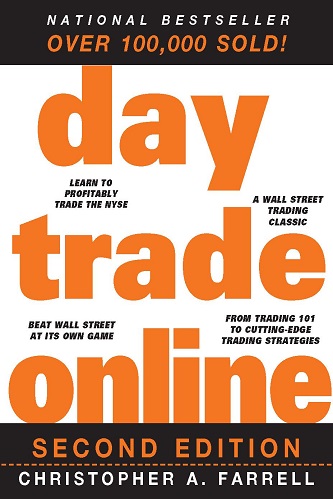
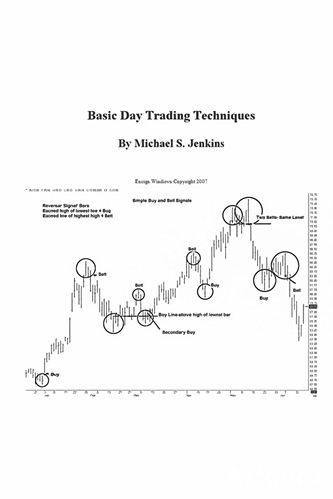
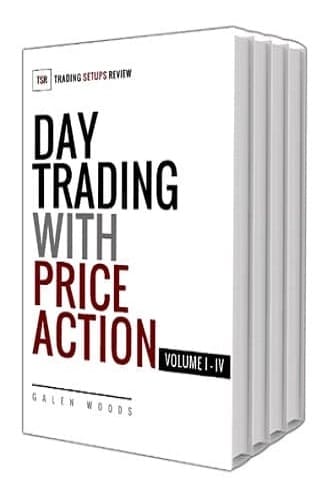

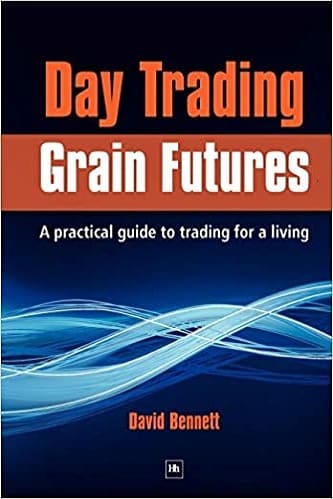
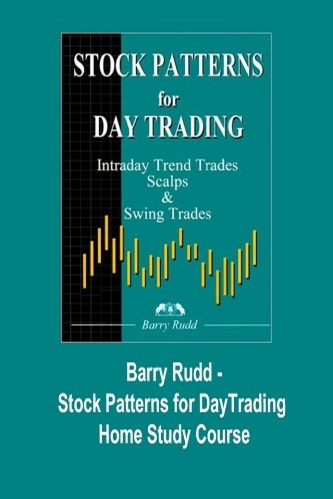
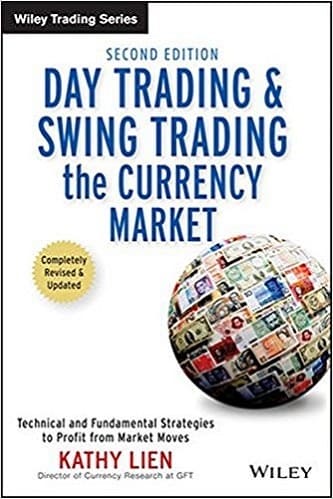

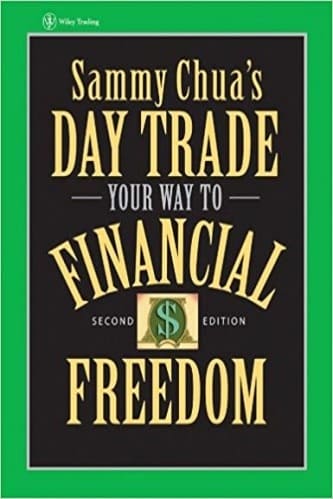
Lara Rangel (verified owner) –
Christopher’s strong suit is not concise writing. The repetition may push you over the edge but if you can hang with it, you will get several insights about the inside of the market. I’ve been trading for a little over a year but have not yet attempted this method. I’m sure that even in 2006 it will work but it will be more work than when the book was written.
I think one of the most important contributions this books makes is the insight it provides to the ‘specialist.’ That’s a guy that we all need to know about, whether we’re trading teenies or pennies!!
Vihaan Baxter (verified owner) –
After reading the book, I was so motivated to go and make money. However when I went to trade I discovered that the spread is so thin ! A cent for that matter. Has the rules changed or am I doing something wrong?
Alina Lindsey (verified owner) –
The content of the book can be sumed as: In low volatility stocks, a day trader exploits the spread by using limit orders instead of market orders. In this way, the day trader trades with the market maker and makes teenie profit everyday.
This book tells it over 200 pages. It repeats himself many times. It was not useful. You had better choose another book.
Spencer Christensen (verified owner) –
This is a worthless book. The ideas presented here are way outdated and you will loose money using any the techniques presented. The only people making money here the publisher and the author. They should be sued for presenting such trash regarding todays markets. The NYSE is now very different than in 1980s or 1990s. I wasted my precious valuable time reading about bid and spreads. blah blah……totally useless..
Don’t waste your time and money on this book on day trading.
Saint Hicks (verified owner) –
It is very repetative and over simplified. He does make his point, then again, then again. While his one point was interesting, it’s not worth the book. I read this book a few years back. Now that I have been more involved in the market, I can say that the book has contributed nothing to my experience.
Jayson Stuart (verified owner) –
I love this book because I started reading it with no understanding of day trading and I sure do now. He is repetitive for his main points which makes it very easy to remember key things.
Stormi Figueroa (verified owner) –
Quite repetivive but informatative. Won’t be using this as a guide to quitting my job and trading stocks for a living, but did pick up some good insight in how “the market” works.
Sarah Gilmore (verified owner) –
Not too bad, but not enough information.